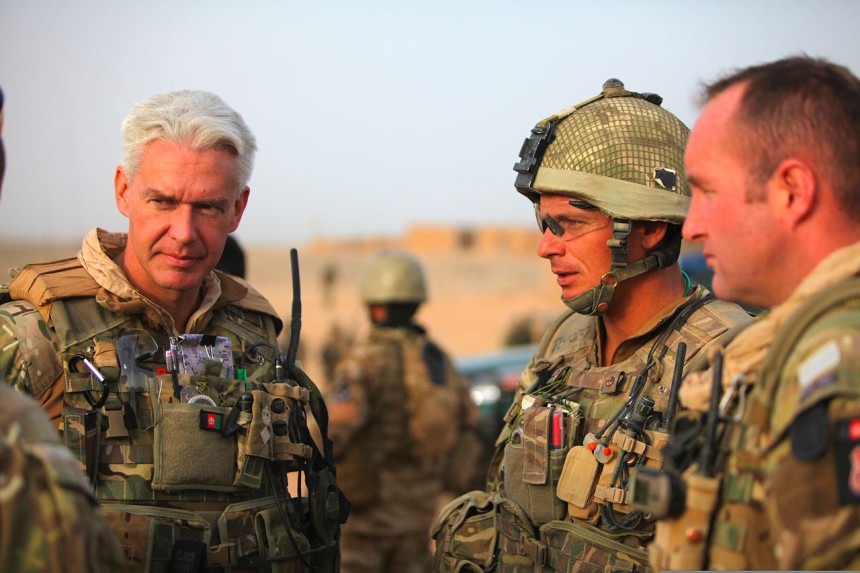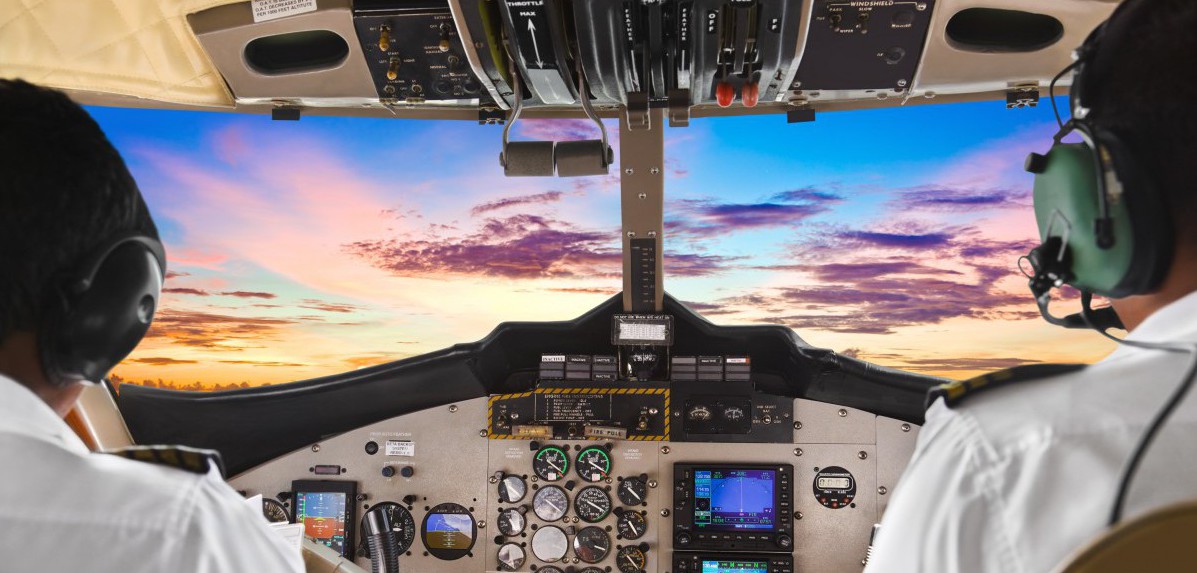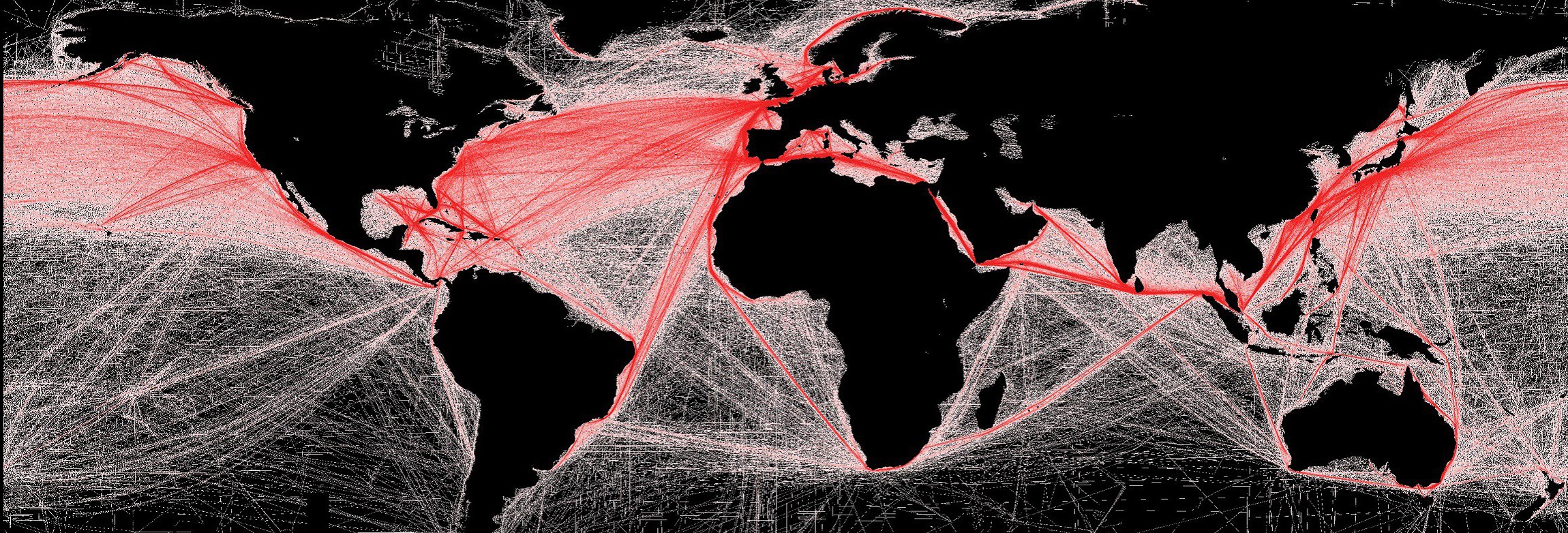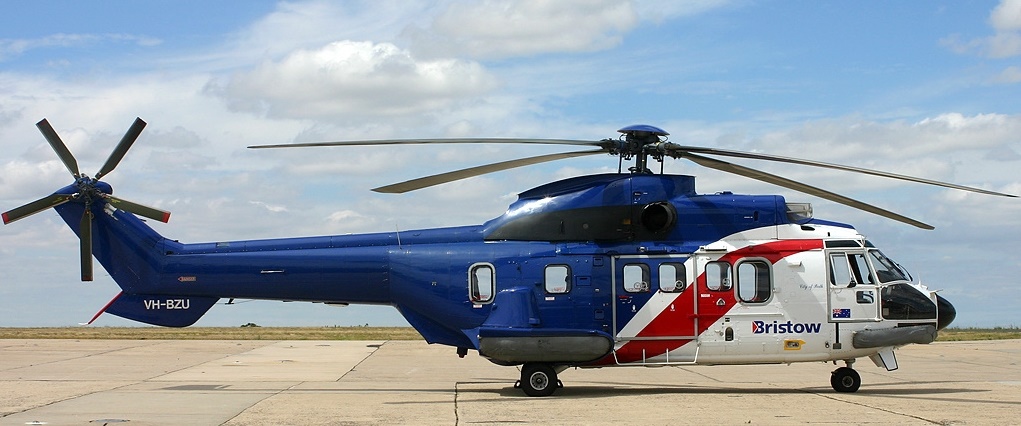British Defence Training and Mission Preparation Programs
- By -
- Army, Maritime, Military, US Air Force
- Air Force Training Programs, best military aviation training systems, British Army, British Defence Training and Mission Preparation Programs, military simulation training systems, military training technology, MOUT, UK Training and Mission Training systems
Preparing for the current operational environment requires special approaches. Ian Strachanviews the scene from his British vantage point.
The ultimate object of military training is preparation for the operational mission. This article concentrates on the “high end” training systems that are related to front-line activities, particularly in Afghanistan and Iraq, rather than more basic training aids. It also briefly covers the central simulation and training systems in the UK Ministry of Defence.
Land Systems
A number of systems exist for training the British Army before operational deployments. These include a Command & Staff Training system (CAST) consisting of a Brigade and Battle Group Trainer (BBGT) and a Higher Formation Trainer (HFT). Three CAST centres are at Warminster and Catterick in the UK and Sennelager in Germany. There is also a Battlegroup Command & Control Trainer (BC2T) to train unit commanders and their staff in a combined-arms environment. Combined Arms Tactical Training systems (UK CATT) are at Warminster, UK and Sennelager, Germany. Each of these two large units has 98 networked simulators for armoured vehicles and infantry under one roof, and can be used to train a Brigade under its own commanders. There is also a Dismounted Close Combat Trainer (DCCT), an indoor laser-based simulation for individual and collective training up to section level. In addition, laser-based Tactical Engagement Simulation (TES) with Direct Fire Weapon Effects Simulation (DFWES) and Area Weapons Effects Simulation (AWES) is in service in the UK and at the British Army Training Unit Suffield (BATUS) in Canada, which is used for regular exercises with many UK units. Then there is the critical area of operations in urban Terrain and it is worthwhile spending some time on this difficult area of training.
Fighting a determined enemy in built-up terrain has always been dangerous. Even a large and well-equipped army can be in difficulty in such circumstances, as we see today in Afghanistan and Iraq. The most challenging case is house-to-house clearance of a fanatical enemy who is willing to die for a cause. Terms for this include Fighting In Built-Up Areas (FIBUA) and Fighting in Fortified Objectives (FIFO). More general operations can be summarised as Military Operations in Urban Terrain (MOUT), although the term Operations in Built-Up Areas (OBUA) is sometimes met. The UK tends to use the term FIBUA and the US, MOUT. If taken literally, these are somewhat different areas of activity, MOUT embracing FIBUA and more. The term Joint Urban Operations (JUO) is also met, the US having a JUO branch at the Joint Warfighting Centre (JWFC) at Norfolk, Virginia. There are similar organisations in other countries, particularly within NATO.
Threats in urban warfare include snipers in buildings, ambushes, Improvised Explosive Devices (IEDs) and booby traps targeted at patrols and convoys. In addition there is civil opposition, overt and covert hostility, insurrection, uprisings and riots.
How can these difficult situations be trained? The local population should be modeled as part of training exercises. Suitably clothed actors or role-players can be briefed to behave in a similar way to that experienced in the country concerned, from friendly through indifferent to hostile, aggressive or riotous. In such training scenarios, the language of the country needs to be used by the “locals”. Indeed, language training is now even more crucial for the modern military. The difficulty for today’s military is that they are obliged to conduct Military Operations in Urban Terrain, but wish to avoid Fighting In Built-Up Areas, that is, MOUT without FIBUA where possible. Organisations such as Al-Qaeda and the Taliban have realised that it is pointless to provoke a conventional battle in open terrain, and have turned to what is essentially guerrilla warfare in dark alleyways and warrens of closely packed buildings. This gives an advantage to the insurgent even against the best trained army.
Application of Training Technology
Turning now to the detail of training, a major system suited to the urban environment is Tactical Engagement Simulation (TES), where laser pulses replace bullets. Weapon Effects Simulation (WES) can also be employed and relatively harmless flash/bang/smoke devices used to increase the realism of training exercises. Originally TES/WES was used in field exercises to replace live bullets and blanks, but is now being employed in dummy building complexes for MOUT training. However, the building complex must reflect the environment to which the troops being trained are to be deployed. It is not as valuable to train in a dummy western-style village if troops are to fight in buildings of different style and construction.
There are also cultural factors. There is the language problem – many incidents are due to a lack of communication and understanding. There are different social and behavioural patterns such as the status of women and how to behave to them. Dress of local civilians is important, particularly when flowing clothes can hide weapons or even the gender of the wearer. There are no easy answers to dealing with cultural factors, but cultural factors must be addressed, best actions decided and then trained before real situations are confronted.
In terms of training technology, there is also a need to track the combatants so that the action can be recorded and debriefed at the After-Action Review (AAR). Inside a building complex designed for training, tracking devices can be attached to each soldier, and to each weapon if necessary. This is so that their 3D position is recorded at regular intervals together with actions such as aiming, cocking, firing and re-loading. Such trackers are made by companies such as Ascension, InterSense and Polhemus and use infra-red and radio links to achieve the tracking. Small inertial tracking units can achieve continuity of tracking at the personnel and weapon level, between points sensed by other methods such as IR and radio. In buildings with solid walls, a large number of area receivers can be used and so that complete tracking is achieved.
MOUT Training Complexes
Special MOUT building complexes for training with dummy and laser-firing weapons have been constructed on both sides of the Atlantic. In the UK, the Copehill Down Village (CDV) is part of the Urban Operations Wing (UOW) of the British Army Land Warfare Centre, Warminster (LWC). The village was originally constructed to model a town in south Germany and a middle eastern urban model has been added. In the USA there are at least eight MOUT training facilities and in Germany, the US has a Combat Manoeuvre Training Center MOUT facility at Hohenfels. NATO and other forces also have a number of such training sites, small ones are easy to construct but the larger ones need careful planning and the right resources both for the buildings and the training aids to be used such as laser and tracking systems.
Sea Systems
The UK has developed a Maritime Composite Training System (MCTS) for the Royal Navy. Phase 1 is a shore-based training capability for ship Warfare Team Training (WTT) including a Common Synthetic Environment Control (CSEC). MCTS will double the types of ships included in simulation-based training and facilities will be at two main sites at Portsmouth and Plymouth. Training devices will be reconfigurable and use Computer-Generated Forces (CGF). It has been said that MCTS will result in a seven fold increase in the availability of type-specific training and give a high fidelity combat training system. Many of the MCTS shore-based simulation facilities will be at the RN Maritime Warfare School (MWS) at HMS Collingwood, near Portsmouth. MWS is the centre of expertise for RN warfare and weapon engineer specialists. It runs over 800 different courses, has a throughput of some 25,000 RN personnel per year, and has training simulators that include ship’s bridge, Combat Team Training (CTT), missiles and gunnery.
Air Systems
Full Mission Simulators are available for all front-line aircraft types of the British Army, Navy and Air Force. In addition, for training before the front line aircraft, the Hawk 128 advanced trainer just coming into service has so-called “embedded training” systems that simulate front line equipment. This includes synthetic radar displays and weapon switching and releases, even though no radar or weapons are carried by the Hawk. This illustrates the principle of “downloading” of training on to the lowest-cost vehicle or system on which the training can be carried out. The Hawk 128 is part of the UK Military Flying Training system (UKMFTS). This is a 25 year programme for training all aircrew roles in the Army, Navy and Air Force. As well as pilots, these roles include navigator, observer, air electronics, air engineer, loadmaster, gunner, missile operator, radar, sonar, airborne C2 (AWACS), and so forth; over 20 in all. There is also a UK programme on Mission Training through Distributed Simulation (MTDS) that includes long-haul networking with other nations, notably the US Air Force Research Laboratory site at Mesa, Arizona.
Central Simulation Services
At Ministry of Defence level, as well as Training Branches in the three Services, there is a Directorate of Analysis, Experimentation and Simulation (DAES). A UK MoD Simulation Strategy has been formulated so that simulation capabilities are more adaptable than in the past, in order to meet future operational needs. A Defence Common Simulation Infrastructure and Services (DCSIS) system has been produced, an element of which is common services and infrastructure. Simulation capabilities are to be connected through common networks and use open standards and architectures wherever possible. Common services will include geospatial data, imagery, scenarios and computer generated forces. An example is an Afghan dataset produced for the UK MoD that has already been used in 10 projects and may be used in 20 more. It is also intended to make maximum use of off-the-shelf technology. This overall policy not only includes the training role but also simulations for experimentation, acquisition and war gaming. In the field of networking, a UK system called Joint Multi-National Interoperability Assurance Network (JMNIAN) has been developed. This is intended to provide common simulation services, a common gateway to joint and coalition training from home bases, and to prevent piecemeal procurement of networks, sometimes called “stovepipes”. In 2008 there are some 20 JMNIAN nodes and there are intended to be over 40 by 2011.
Conclusion
Realistic training is not easy and needs time, resources and the application of modern training technology. In the UK, such technology is available, is being used, and legacy systems are being updated. For ongoing operations in Afghanistan and Iraq, the requirement is such that military personnel who will be involved in real operations are now being trained in them before they deploy, including the difficult area of urban terrain. This confirms the mantra “train realistically before you fight”, so that personnel have the best chance of dealing with situations as they arise in real operations.
Published in MS&T Magazine Issue 6/2008, Authored by Fiona Greenyer
Photo Credit: Wikipedia Commons – http://www.defenseimagery.mil/imageRetrieve.action?guid=d27d4312dd0f5f1534d9ac33ad07a4b5ff92c737&t=2














